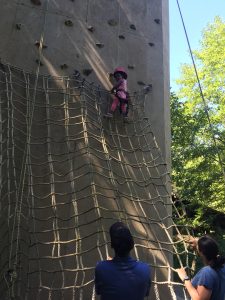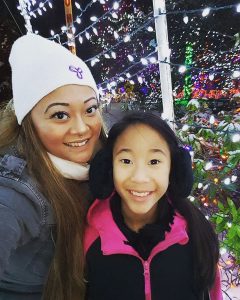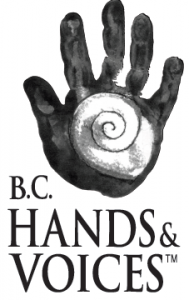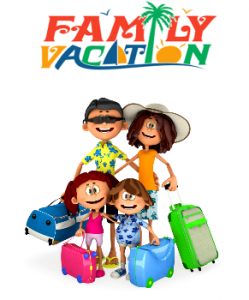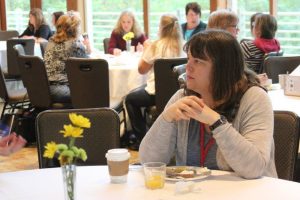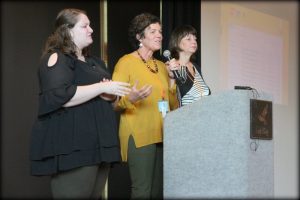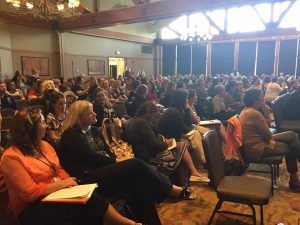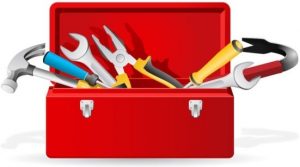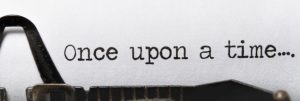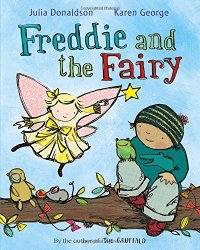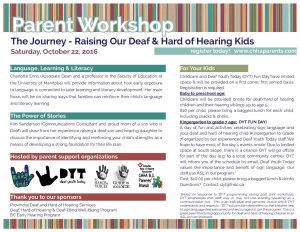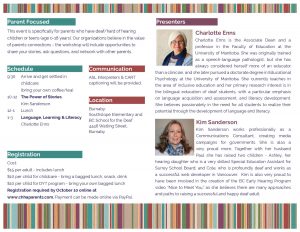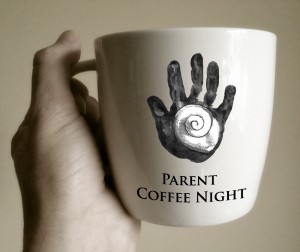By Andrew Banks
Family camping – an event that is enjoyable, but definitely comes with its challenges. Family Deaf Camp, well, this was going to be interesting. These were the thoughts that went through my mind when my wife, Sandra, suggested that we go to Family Deaf Camp on Hornby Island.
My wife and I were great car campers before kids. When our two children came into our lives, all attempts by us to go camping were put on hold. We are the proud parents of an older hearing child, aged 5, and a younger child, aged 2, who was born deaf and had bilateral cochlear implant surgery at the age of one. The challenges of trying to camp with a very young family seemed beyond our capacity. Add in my lack of comfort with communicating in sign language, and the thought of attending a Deaf family camp was daunting.
After internally debating my wife’s suggestion, I agreed that yes, now was the time for a family camping trip, and the idea of camping on Hornby Island was even better. We know Hornby Island well as my wife’s family has lived there for many years. The decision was made to go.
July 2016, we arrived at Family Deaf Camp, with our children, for our first camping trip as a family. My wife made the executive decision that our eldest child and I would go to the camp to find a “good” site, while she and our youngest visited with her family. When I came to the camp entrance, which is located at the Tribune Bay Outdoor Education Centre, I started to feel some trepidation. A good campsite – that is a lot of responsibility, especially when you don’t know the area. We pulled into the campground and were immediately greeted by Deaf Youth Today staff. Now my sign language skills are a work in progress and I think I must have looked like a stunned animal. However, their enthusiasm and helpfulness quickly overcame any language differences. With their help, we found a good spot – not too near or far from the action, and also handy for that all-important outhouse! After we staked our site and built our encampment (the best two room tent on the island!), I went to get my wife to show her my campsite selection expertise.
Our first day was enjoyable as we explored the campground and settled in. Before long, families that we knew from the community also turned up and the daunting task of camping with a young family became a relic of past thoughts. Our kids played with the other children all afternoon and, to our pleasant surprise, were quite tired come evening time and easily fell asleep in the tent. My wife and I wondered why we were so hesitant about going family camping in the first place.
We had a delightful time over the next couple of days participating in some of the organized events for families, such as rock climbing, arts and crafts, and paddle boarding, just to name a few. The camp provided coffee every morning, two evening meals in the lodge, and breakfast for us on the last day. Not having to cook every meal took the pressure off and allowed us more opportunities to connect with other campers. There was also lots of time for us to relax between the scheduled events.
The staff was so easy-going and accommodating that communicating, either with or without sign language, became a non-issue. There was also a team of interpreters on hand to ensure access for everyone. Our children were having a blast, which allowed us, as parents, to relax and enjoy the whole experience.
The highlight for me was the somewhat improvised performance, with optional audience participation, held each evening at the main campfire stage. The staff worked hard to entertain us and include the children. It was really enjoyable. After the show every night, the younger children went to bed exhausted. Once they were asleep, parents were able to socialize.
I will always remember having a great campfire conversation with a couple of Deaf parents, with the help of an interpreter. The interpreter was so good that I quickly forgot I was relying on her. I found it quite funny that we had to hold the conversation when someone new joined in until the lights could be repositioned to ensure everyone could see people’s hands signing.
The three days of camp quickly went by and, as a family, we were all somewhat saddened that Family Deaf Camp for 2016 was over- it was that enjoyable. Both of our children had fun, and were communicating with no inhibitions. My wife and I had time to relax, socialize, and to share common experiences with other families.
Our family is already looking forward to returning to Hornby Island for Family Deaf Camp this summer. We hope to see your family there too. You can find me by looking for the dad who seems somewhat puzzled in sign language conversations but has a big smile on his face.
Editor’s Note:
Family Deaf Camp is hosted and organized by Gord and Allison Campbell. Gord is the director of the Tribune Bay Outdoor Education Centre. Deaf Youth Today (DYT), a summer program of Family Network for Deaf Children (FNDC), partners with Tribune Bay to make family camp a deaf friendly, language rich experience. Family Deaf Camp is for parents with deaf/hard of hearing children and Deaf/hard of hearing parents with their children, and is designed for families that use sign language for all or part of their communication, or are open to learning. For more information and to register go to http://www.fndc.ca/familydeafcamp

